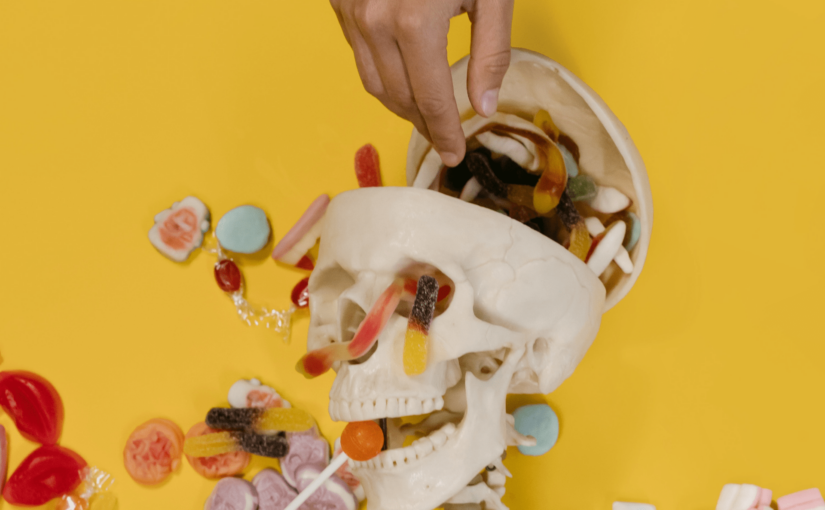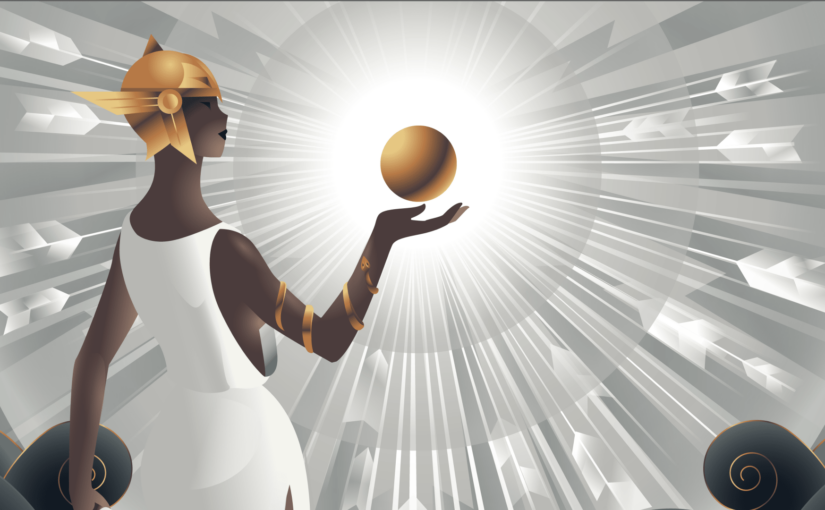A few years ago, Google Glass was touted as the next in a long line of advances of the phone. The idea was to incorporate the functionality of a smartphone into a pair of eyeglasses, in order to provide handsfree, voice-activated, ubiquitous connectivity, together with camera and video camera capability. It seemed like a logical progression in the evolution of portable, handheld technology. Well-designed, it captured the imaginations of many an early adopter with an exciting vision of a hologram driven, handsfree future. And yet it failed, consigned to the cold metal scrapheap of tech.
Google Glass was created with a strong focus on usability. Usability is often seen by large tech organisations, like Google, as the core determinant of every successful product. This concept owes a great deal of its popularity to Don Norman who championed it in his seminal work ‘The Design of Everyday Things’. The idea is a seemingly small change in the design of a product can make a significant difference in our ability or willingness to use it. Google Glass not only offered to free up your hands for other uses, but also to solve the fundamental problem that you can’t look at a smartphone whilst also looking where you are going.
But if Google Glass was so futuristic, featured and usable, why then did it fail?
Because usability, while important, is only half the story.
Ad men such as Ogilvy’s Rory Sutherland, and psychologists such as Dan Ariely (‘Predictably Irrational’), explain that customers, as humans, are rarely logical, often responding to a product in an emotional fashion. Unfortunately that doesn’t mean that they can explain their response, so if we want to understand their motivations, it’s not as simple as conducting market research. David Ogilvy, Founder of Ogilvy, pointed out:
‘‘The trouble with market research is that people don’t think what they feel, they don’t say what they think, and they don’t do what they say’’.
But as Rory Sutherland explains, this is not because people are deceitful but rather because ‘people simply do not have introspective access to their motivations.’
This is particularly apparent in the area of FMGC, where customers may have fierce loyalty to a product, in spite of it being largely undifferentiated from its competition, but they will not be able to pinpoint why this is the case. The FMCG industry has had to deploy creative means and a deep understanding of behavioural science to understand their customers’ unspoken, seemingly irrational motivations, often resulting in brilliant, emotive advertising campaigns.
Tech companies, however, have been slower to catch on, with many clinging to a belief that “if you build it, they will come”. Working with traditional consultancies, their focus has been on metrics and analysis to determine a product’s features. It is presumed that customers apply more logic to tech purchases than FMCG – surely they would be more rational about buying a £1,400 computer than a £3.40 pack of toilet roll?
Apple, however, has understood this need for emotional connection. Whilst the iPad exists to create many benefits for Apple’s customers, its marketing and positioning differs from the competition, such as the Microsoft Surface. Apple makes strong use of emotional cues. Their Christmas 2019 iPad campaign is a case in point, tugging on the heartstrings and proposing the iPad as a repository for a family’s most precious memories. More tech companies need to learn from this, to connect with their customers on a deeper level, and thus avoid expensive failures.
So just why did Google Glass fail?
‘Why would I want to walk around town with a computer, that does all the things my phone does, strapped to my face like some sort of weird cyborg?’
…was the answer most gave when we probed.
An artist by origin, at university she majored in business, and began her career studying consumer behaviour and innovation, quickly transitioning to apply this knowledge towards the design of compelling interfaces. She is a capable storyteller and bridges the gap with development by translating a technical vision to others, from words to investors to designs for users.


